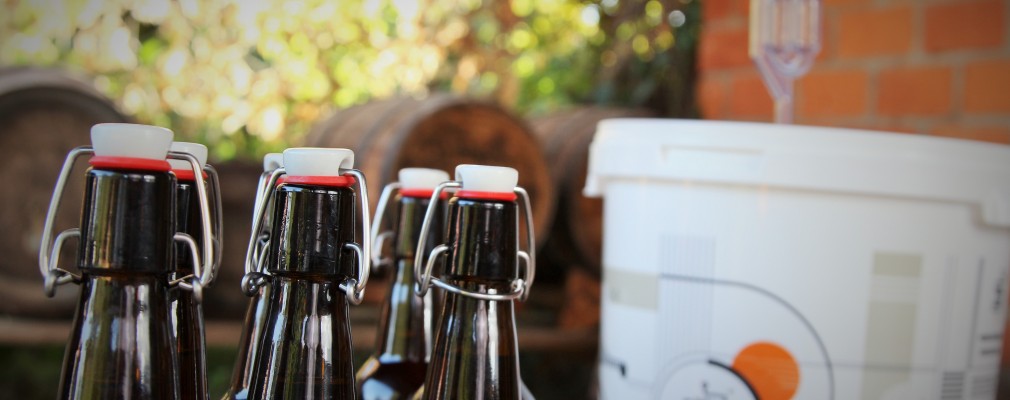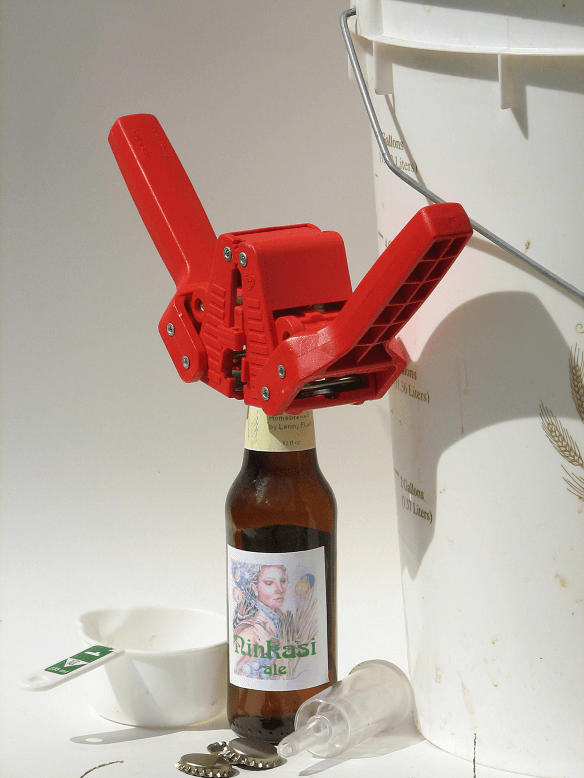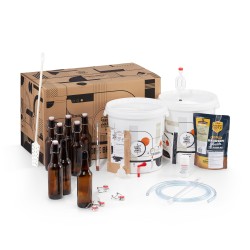Cart 0 Product Products Amount:
(empty)
(empty)
Your cart
Your cart
Together:
No products
To be determined Shipping:
0,00 zł Total:
Product successfully added to your shopping cart (There are 0 items in your cart.) (There is 1 item in your cart.)
Product:
Quantity:
Total:
Total products
Total shipping To be determined
Total

Blog categories
Do you want to start brewing beer at home but don't know anything about it? Check out our blog. We share our knowledge with those who take their first brewing steps, as well as with those who already brew. Home brewing is not difficult!
Top sellers
-

-

-

-

Muslin hop boiling bag 1 piece
Reusable muslin mesh. Perfect for cooking hops and other spices, cold...
4,50 zł -

-

THE FARMER – American Wheat 12°BLG - Brokreacja
The Farmer - Brokreacja Brewery -...
126,65 zł -15% 149,00 zł

0
5139
Data publikacji:
03
AUG
2020
Home beer - can it be successful?
To understand this, you should get to know the basics of brewing technology to have an idea of the process of preparing a drink that has accompanied humanity for nearly 6000 years.
Udostępnij:
COPYRIGHT 2020 Twój Browar ALL RIGHTS RESERVED Design and implementation dih.pl















 The beginnings of fun with home brewing are different. Stories overheard in a conversation about a friend or brother-in-law who makes his own beer at home. Buying craft beer in a store and discovering that the people who brewed it gained their experience in the privacy of their own kitchen, standing over a
The beginnings of fun with home brewing are different. Stories overheard in a conversation about a friend or brother-in-law who makes his own beer at home. Buying craft beer in a store and discovering that the people who brewed it gained their experience in the privacy of their own kitchen, standing over a 





Dodaj komentarz
0 komentarze